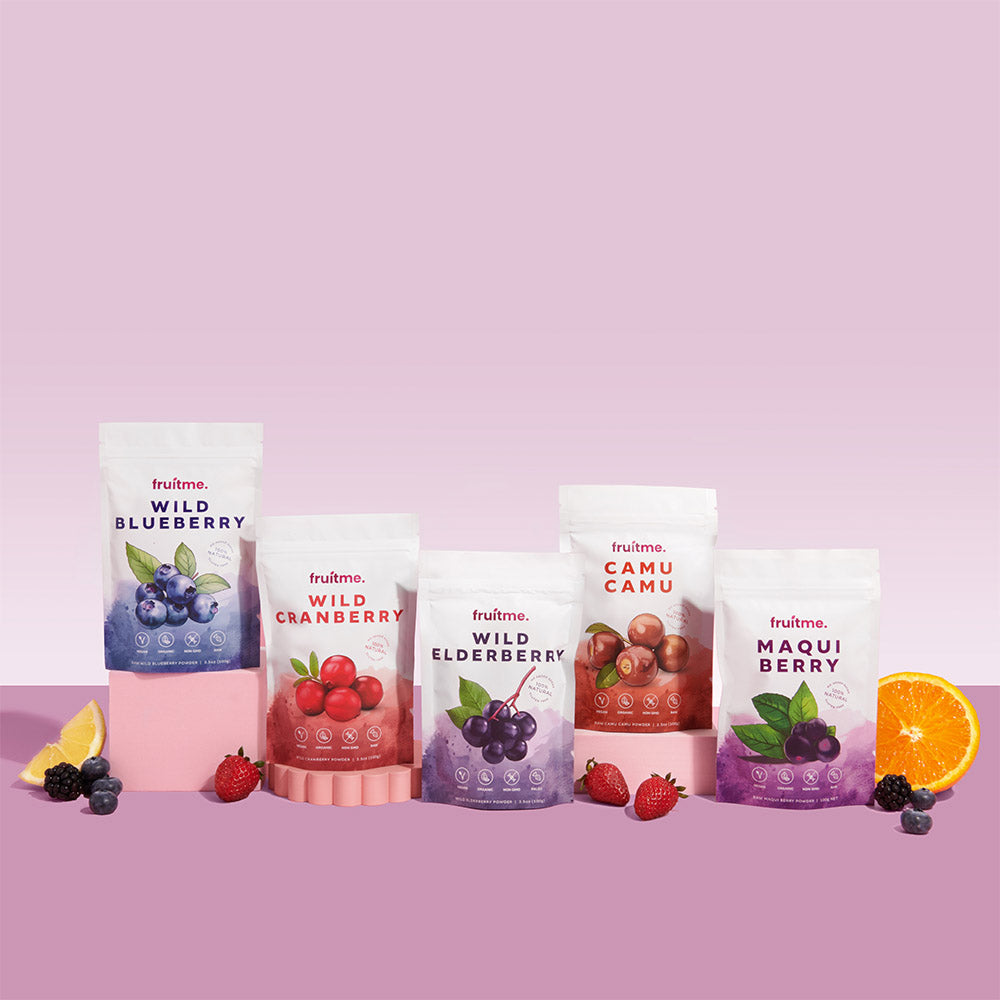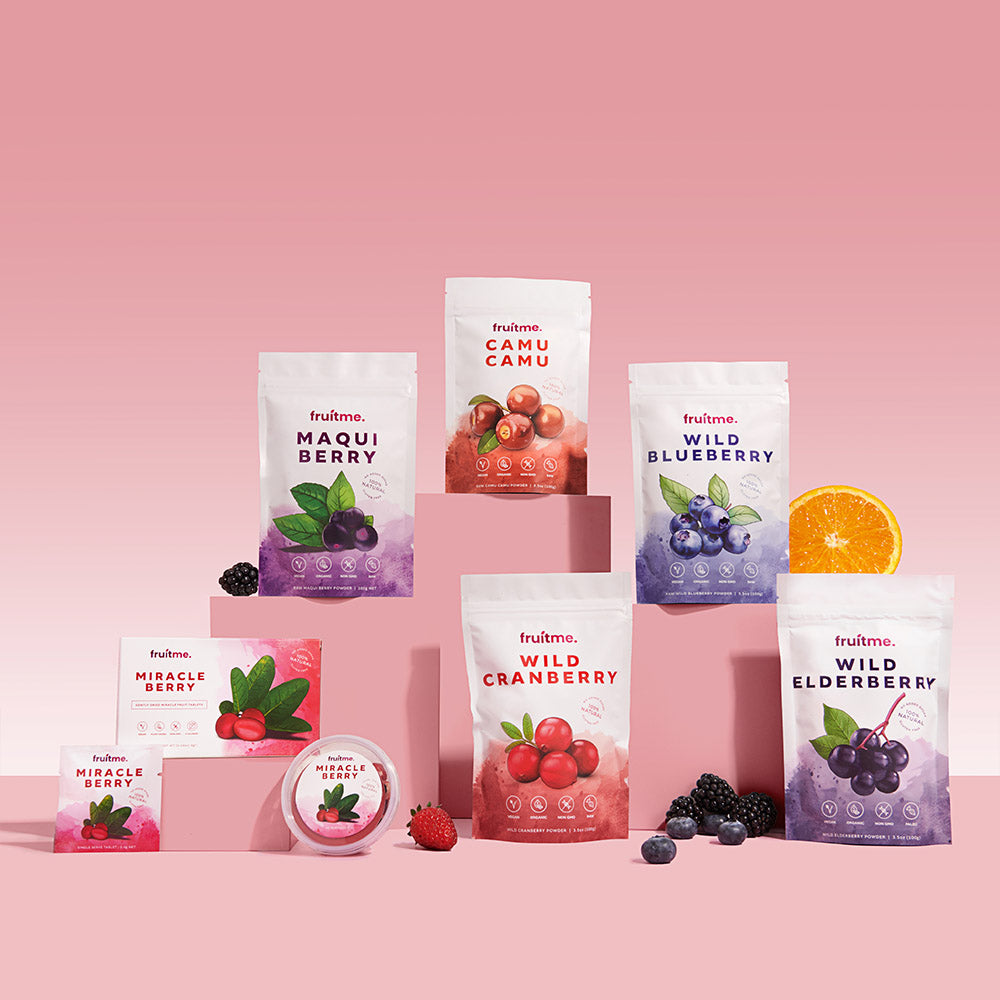

Sweet Without Sugar: The Science Behind The Miracle Berry
Imagine biting into a lemon and tasting sweet, refreshing citrus instead of a sharp sour tang. This isn’t magic—it’s the result of a tiny red fruit known as the miracle berry (Synsepalum dulcificum). For centuries, people in West Africa have used miracle berries to enhance the sweetness of their food, but it wasn’t until modern science took a closer look that we began to understand the fascinating biochemical mechanisms at play.
The Role of Miraculin
The key to the miracle berry’s effect lies in a glycoprotein called miraculin. Unlike sugar or artificial sweeteners, miraculin doesn’t inherently taste sweet. Instead, it binds to the sweet taste receptors on your tongue, specifically the T1R2-T1R3 receptors, located on the surface of taste bud cells.
Under normal conditions, these receptors detect the presence of sugars and trigger the sensation of sweetness. However, miraculin has a unique property: it changes its shape and activity depending on the acidity (pH) of your mouth. At a neutral pH, miraculin simply attaches to sweet receptors without activating them. But when the environment becomes acidic—such as after consuming sour foods like lemon juice or vinegar—miraculin undergoes a conformational change that causes it to strongly activate sweet receptors. This tricks your brain into perceiving a sweet taste instead of sour.
Molecular Mechanism of Miraculin’s Action
Research suggests that miraculin works by stabilizing the sweet taste receptors in an active state when exposed to acidic conditions. When acids lower the pH, the glycoprotein alters receptor conformation, prolonging their activation and making sour foods taste sweet. This effect can last anywhere from 30 minutes to two hours, depending on factors like saliva composition, pH, and how thoroughly the miraculin coats the taste buds.
Comparison to Other Sweeteners
Unlike traditional sweeteners, miraculin doesn’t directly contribute to calorie intake, making it an intriguing option for people looking to reduce sugar consumption. Additionally, since it doesn’t chemically alter food or interact with the digestive system like artificial sweeteners do, it presents fewer metabolic concerns. This has led researchers to explore its potential in dietary management for diabetics and those seeking alternatives to sugar.
Applications and Future Research
Beyond its fun and surprising effects, miraculin has practical applications. Some studies suggest it could be used in the medical field, particularly for chemotherapy patients who experience taste distortions (dysgeusia) as a side effect of treatment. By making food taste sweeter without added sugar, miracle berries could help improve appetite and nutritional intake in patients with altered taste perception.
Additionally, researchers are investigating methods to mass-produce miraculin using biotechnology, such as genetically modified tomatoes or yeast that can express the protein. This could lead to broader commercial applications, making the sweet-enhancing properties of miraculin more widely available.
Conclusion
The miracle berry’s ability to transform sour into sweet is a remarkable example of how natural compounds can interact with human sensory biology. As research continues, we may see miraculin-based products emerge as a novel tool for sugar reduction, medical applications, and culinary innovation. Until then, trying a miracle berry remains one of the most fascinating taste experiences nature has to offer.



